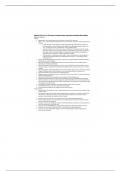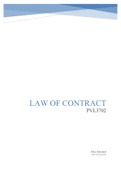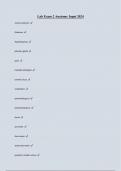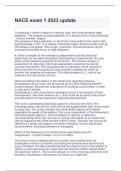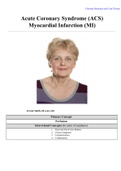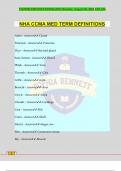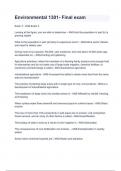Summary
Summary NUR 3535 Module 3 Notes
- Course
- NUR 3535
- Institution
- Concordia University-Austin
Module 3- Chapter 12,14 and 15 Emotion- Comfort - Anxiety, Depression - Immobility -Skin Integrity for Nur 3535. *Essential!! *For effective study!! *At a price that's fair enough!!
[Show more]
